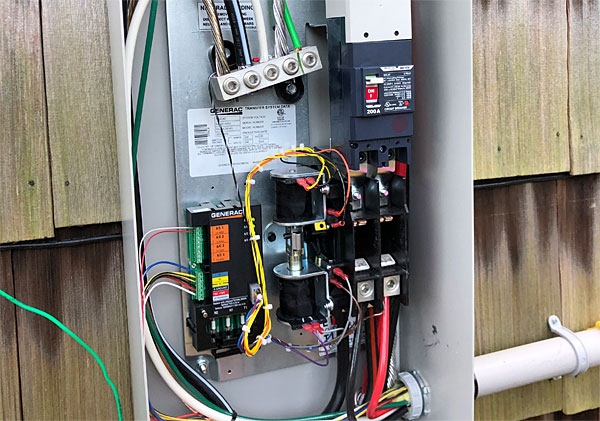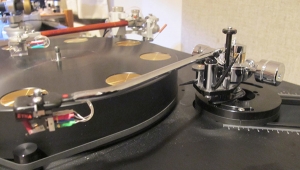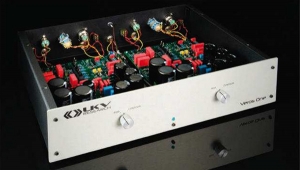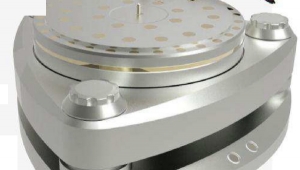| Columns Retired Columns & Blogs |
How you performed in a double blind test of speakers is irrelevant to cables. You're comparing apples and oranges. It is a testament to your audio acuity skills, but nothing else. I'm a firm believer that cables do make a difference, even power cords, which are the most controversial among even audio lovers. The only testing I've done with power cords was switching the standard removable ones that came with several of the guitar amps I have, and I could clearly hear a difference among them. The problem I have with cable manufacturers is the extreme prices of some, which is far beyond any reasonable profit, based on the engineering, production, and other overhead costs. What I find even more disturbing is the voodoo science they use to explain what makes their wires better than others. Since we know that everything that we can hear can't be measured, why can't they just admit that they've found certain designs that work, based on listening tests, instead of inventing pseudo-scientific mumbo jumbo to explain it? It only serves to increase distrust, even among fans of their products.














































